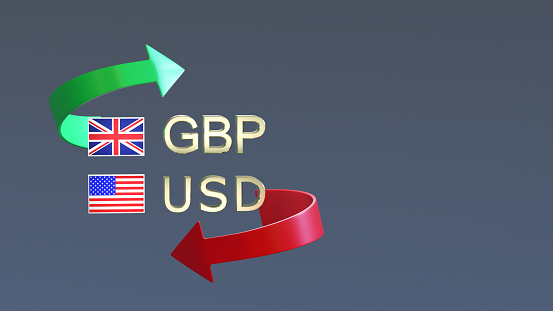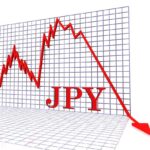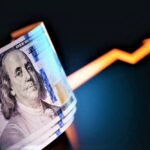GBPUSD gets some positive impetus and pulls away from a multi-month low established.
For the second day in a row, the GBPUSD pair holds below 1.2400. And draws some buyers during the Asian session on Friday. Spot prices have already reversed some of the previous day’s decline to over a three-month low. And are presently trading in the 1.2420-1.2425 range, up 0.10% on the day. Though any major recovery remains elusive. Following the recent advance to the highest level since March 9.
A combination of events causes some USD profit-taking, which supports the GBPUSD pair.
The US Dollar (USD) bulls elect to take some gains off the table. Which is regarded as a significant reason offering some support to the GBPUSD pair. Against the background of increased Chinese stimulush. The mainly positive Chinese economic data enhances market confidence and spurs some selling around the safe-haven Greenback. Aside from that, a little decline in US Treasury bond rates weakens the dollar, while expectations that the Federal Reserve (Fed) would maintain its aggressive posture should prevent any major fall.
The Federal Reserve of the United States is largely expected to stop its rate-hiking cycle at its meeting next week. Traders, on the other hand, are still pricing inOne additional 25-bps lift-off in November or December is possible. On Thursday, better-than-expected US GDP data confirmed the predictions. This, along with still-sticky inflation, should allow the Fed to maintain interest rates higher for a longer period of time.
The decreasing likelihood of additional aggressive BoE rate hikes may limit future GBP advances.
Meanwhile, the forecast should work as a tailwind for US bond rates, favoring USD bulls. Furthermore, the likelihood of the Bank of England (BoE) tightening policies more aggressively may limit the GBPUSD pair.
The Office for National Statistics said on Thursday that the British economy fell by 0.5% in July, the fastest rate in seven months, raising recession worries. This, together with signals that the UK labor market is cooling, puts pressure on the Bank of England to suspend its rate hikes. The rate-hiking cycle. Furthermore, the overnight sustained break and closure below a theoretically crucial 200-day Simple Moving Average (SMA) indicates that the GBPUSD pair’s path of least resistance is to the downside. As a result, any following move higher may still be viewed as a selling opportunity and may fizzle out fast.
Traders are now waiting for the Bank of England poll on Consumer Inflation Expectations to provide some momentum. Later in the early North American session, the US economic calendar, which includes the Empire State Manufacturing Index and the Prelim Michigan Consumer Sentiment Index, may affect USD price dynamics and contribute to the creation of short-term trading opportunities around the GBPUSD pair. Nonetheless, spot prices are on course to end in the red for the second day in a row. This week, the aforementioned fundamental background appears to be strongly biased in favor of bearish traders.









